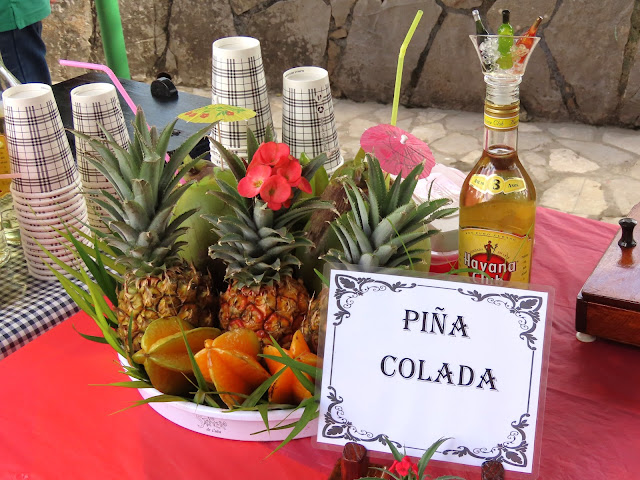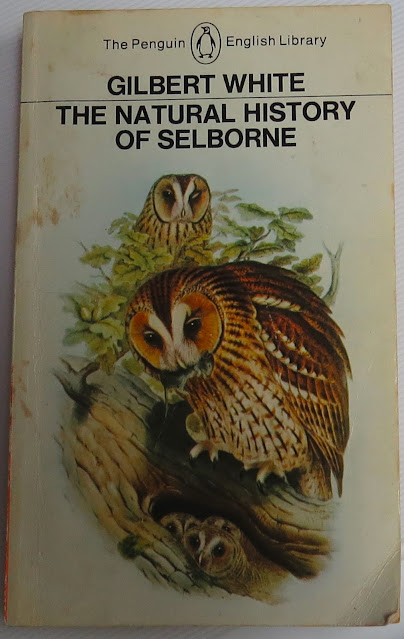21 November, 2023Viñales - Autopista Habana-Pinar - Soroa Orquideario - Niña Bonita Dam - Playa Larga The start of another fine day in Cuba. I had slept fitfully, but breakfast and a couple of coffees set me...
21 November, 2023
Viñales - Autopista Habana-Pinar - Soroa Orquideario - Niña Bonita Dam - Playa Larga
The start of another fine day in Cuba.
I had slept fitfully, but breakfast and a couple of coffees set me right in an instant. We were on the road by 06h:30, primed for some grand adventures.
Our first stop was at the shoulder of a busy four-lane highway, with an extensive wetland off to the side. In typical Cuban fashion, or dim-witted birder fashion (take your pick), we waited for a break in the traffic and scurried across the road.
One of the very first delights to greet us was a couple of Northern Jacanas (Jacana spinosa) gambolling, running, flapping and feeding as only jacanas can. It is such an appealing bird.
They were on the far side of the marsh, but the doughty Lorraine, toting a camera and monopod half her weight, captured a wonderful image, reflection and all.
Brian didn't do too badly either!
King Rail (Rallus elegans) is an enigmatic species, difficult to see, and a bit of a Holy Grail for many birders. This is the place to see them! Often one must be content with the most fleeting glimpse; here two or three at a time promenade and pose for you. I am grateful to Brian for the following image.
The bird I most wished to find here was Yellow-breasted Crake (Laterallus flaviventer), a cryptic, tiny species (12.5 - 14 cm), rare in the extreme, virtually unknown and able to disappear into the vegetation right before your eyes.
I had failed on previous attempts, but we were at a location where it is known to occur.
After an hour or so we finally struck paydirt, and it was Karl who first espied the bird scurrying along in the marsh. In fact we are pretty sure there were two.
Once again the intrepid Lorraine came through with a picture. A remarkable accomplishment in my opinion.
When we crossed the highway to rejoin the bus we were greeted by an Eastern Meadowlark (Sturnella magna) in full voice.
While this species is widespread and quite common in eastern North America, the Cuban subspecies hippocrepis is non-migratory, and genetic analysis indicates that it may warrant elevation to full species status. "Stay tuned," as Rudy Giuliani might say!
It was time to move on to the orchid garden, an extensive repository of the botanical riches of Cuba, and those of other regions.
There is plenty to occupy the curious naturalist, however, with botanical riches aplenty.
Mariana proved herself to be a proud member of the international community of tree huggers!
I vow to pay more attention next time to the names of the plants, but all I can safely say now that this is an orchid.
Mary Ann captured a lovely pictures of the aply named Ladies Fingernails (Neoregelia spectabilis), native to Brazil.
Sensitive Plant (Mimosa pudica) is native to the Caribbean but in some areas has reached pest proportions.
At a short distance, Tania knows of a spot where a pair of the evasive Stygian Owl (Asio stygius) is known to roost, and we lost no time in locating them.
Time to move on to the Niña Bonita Dam where much excitement awaited us, including fabulous views of a couple of Snail Kites (Rostrhamus sociabilis), seeming to conduct a seminar on their feeding technique.
We still had quite a way to go to make it to Playa Larga before nightfall and we pressed on, stopping only to break the journey and to take care of nature's needs, where one of the delightful species we saw was Cuban Grassquit (Phonipara canora).
Its close cousin, Yellow-faced Grassquit (Tiaris olivaceus) was not shy, and revealed itself on several occasions.
Upon arrival at Playa Larga I was excited to see Jose and Damita again, two of the most convivial hosts you might ever wish to spend time with.
Damita presented me the gift of a bottle of fine French Bordeaux (where she obtained it I will never know) and we settled in for a scrumptious dinner of lobster, chicken, pizza, yucca, rice, avocado, salads and dessert.
It was good to be back. It was good to be home!
TRIVIA
I am presently reading (re-reading actually) the classic The Natural History of Selborne by Gilbert White.
I recently found this old edition at a thrift shop and was glad to have my own copy. It struck me as a great counterpoint to my recent visit to Cuba (twice this year, in fact); the life of an English country clergyman reporting on nature almost exclusively from his own parish, yet contributing in great measure to the knowledge of the day.
Not for him the convenience of modern aircraft; not even a field guide, no good optics, no camera to record anything. He completed his work mostly on foot, occasionally on horseback.
Yet his insights were keen, laser sharp, verifiable and often new to science.
In many passages the accounts have a touch of whimsy about them, and I am especially drawn to this jewel, "My musical friend, at whose house I am now visiting, has tried all the owls that are near neighbours with a pitch pipe, set at concert-pitch, and finds they all hoot in B-flat. He will examine the nightingales next spring."
The pleasure of this work is enhanced by the sensitive introduction by Richard Mabey, one of England's most able naturalists, and a master of lyrical prose, supported by a vast knowledge of both biology and history.
It is hyperbolic to make the claim that this should be essential reading, but I am not reticent to do so. If you have not read it, you owe it to yourself to rectify that omission.
And while speaking of Richard Mabey, be sure to get a copy of Whistling in the Dark: A Pursuit of the Nightingale. It is written with exquisite delicacy and I vow that you will never look at nature writing quite the same way again.





.jpg)
.jpg)



.jpg)

















.jpg)




